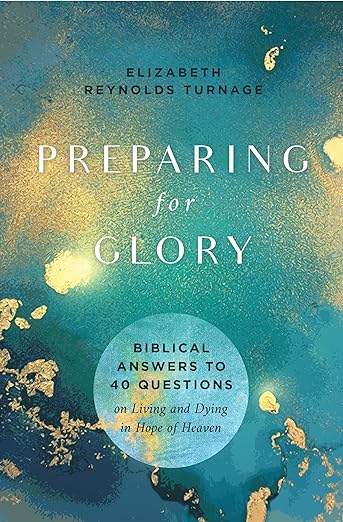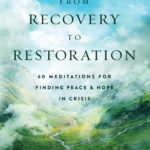 I can’t conclude a week pondering the new heavens new earth life and what it means for our present day living without quoting from Scotty Smith and Steven Curtis Chapman’s book on the subject: Restoring Broken Things. This is from the first chapter, in which Scotty explains how he began exploring the topic with the verse, “Behold I am making all things new.” (Revelation 21:5):
I can’t conclude a week pondering the new heavens new earth life and what it means for our present day living without quoting from Scotty Smith and Steven Curtis Chapman’s book on the subject: Restoring Broken Things. This is from the first chapter, in which Scotty explains how he began exploring the topic with the verse, “Behold I am making all things new.” (Revelation 21:5):
“I didn’t begin my study as a pastor looking for good sermon material, but as a broken man longing to understand and experience a greater measure of the restoration Jesus has secured by his death and resurrection. I began by making a list of questions generated by this one verse. I started with these.
Behold …
What do you want me to see, Jesus? What do I not see that I must see? Where do you want me to fix my gaze? What have I never seen about heaven that you now insist I behold?
I am making all things new …
What are you making new, Jesus? What is included in the “all things”? What does brokenness mean? What do you mean by “new”?
Jesus, what on earth are you doing today? How are you presently renewing the old and broken things? What are the evidences of this restoration, and how do you restore broken things? How much restoration can we expect in this life?
Seeing What John Saw to Live as John Lived
These questions propelled me to study and meditate upon the most complete picture God has given us of the “finished product”—the renewed world Jesus has committed to create out of this broken one. God entrusted the Apostle John with a vision of this new-creation world to benefit the church of every generation. It’s recorded for us in the last two chapters of Revelation.
It is in this context we hear the triumphant cry shouted from the throne in heaven, “Behold, I am making all things new!” (21:5). We must immerse ourselves in this part of God’s Word if we are to understand Jesus’ great promise of restoration.
But Revelation 21 and 22 are not just the last two chapters of the last book in the New Testament. They also own the distinction of being the last two chapters in the Bible taken as a whole—the fitting conclusion to God’s one big Story, which begins in Genesis and continues to unfold through each of the sixty-six books of the Bible. All of the Scriptures anticipate and point toward the day when the magnificent universe and perfect society described in these two chapters will be finally and fully manifest.
To understand God’s purposes, we need to return to the biblical story. One of the most important aspects of this story relates to God’s work relative to the presence of sin in the world. The biblical story has four unique chapters: Genesis 1–2 and Revelation 21–22. These chapters are unique in that no sin is present in the places and events described. Genesis 1–2 gives us a picture of God’s creation design, what the world was like before sin entered the scene.
Revelation 21–22 gives us a picture of God’s future intent, what the world will be like once redemption has been fully completed with the consummation of the judgment of sin and the evil one. These four chapters serve as bookends to the rest of the biblical story. The rest of the story is about the redemptive work of God in a sinful and fallen world. The story of re-creation relates the redemptive work of God to creation design by showing how he is restoring to right relationship that which was broken.” (CraigVan Gelder, The Essence of the Church, 2000, 89–90)





Likewise, for him, to take away any thing from the blood of Jesus would also frustrate the grace of God. Morrow Christian